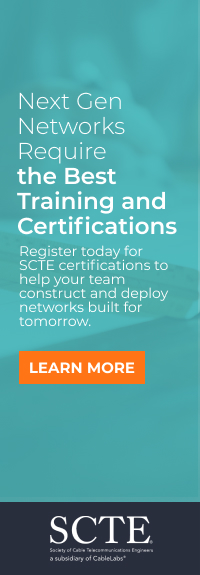Human-AI Cognitive Friction
Organizations that reduce cognitive friction through agentic intelligent interfaces will unlock unprecedented human potential.
Autonomous AI as Cognitive
Guide and Guardian
Autonomous, individualized (N=1) AI containing Cognitive, Agentic, and World View models will operate continuously as a cognitive guide and guardian, monitoring the user's mental state and preventing memory and cognitive overload. Rather than overwhelming users with data-dense UIs, the AI presents information in cognitively optimized temporal, multi-dimensional streams that respect natural information processing limitations while maximizing insight generation. The AI observes the users' data interrogation patterns, evaluates the data itself, and makes recommendations for areas of focus, as well as identifying potential interrogation or decision errors to the user.
Cognitive Signature observation and Load Calibration functions are executed in real-time, adjusting the interface sequencing of multi-dimensional, multi-temporal data and complexity based on physiological indicators of mental stress, task difficulty, and individual capacity. Decision Error Prevention identifies personal bias patterns and implements subtle environmental changes to guide users toward more comprehensive analysis without limiting their cognitive autonomy. Assessing cognitive friction involves measuring across multiple memory and processing systems, as research shows that spatial judgment tasks and visual recognition tasks engage different cognitive representations.
Knowledge Retention and Learning Acceleration
Spatial memory research demonstrates that information presented through cognitively-optimized interfaces shows 300-400% better long-term retention compared to traditional abstract presentations. Users develop proficiency with agentic intelligent interfaces 2-3x faster than conventional alternatives because the interfaces align with natural cognitive processing patterns.
Error Reduction and Competitive Advantage
Agentic intelligent interfaces are expected to decrease decision-making errors by 25-40% through optimizing cognitive load and reducing biases. The AI component detects individual patterns of mistakes and offers environmental adjustments that guide users toward more thorough analysis. Organizations are projected to see an 18-month payback for investments in reducing cognitive friction, driven by gains in productivity, error reduction, and faster learning. However, the strategic competitive advantage goes well beyond immediate ROI. Building cognitive signature databases over time to develop meaningful long-term patterns, creating user dependencies and performance benefits that competitors cannot quickly imitate. Think of defensive moats that are difficult to cross.
The Imperative
Cognitive friction represents a fundamental barrier to realizing the potential of human-AI collaboration that extends far beyond traditional user experience considerations. As artificial intelligence capabilities continue advancing, the primary limitation on organizational performance lies not in algorithmic sophistication but in the cognitive interfaces that mediate human-AI interaction.
Organizations that reduce cognitive friction through agentic intelligent interfaces will unlock unprecedented human potential. This creates environments where decision-making becomes more
intuitive, learning accelerates naturally, and strategic thinking thrives. These cognitively optimized organizations will lead to new forms of human-AI collaboration that boost individual
capabilities while fostering collective intelligence.
Reducing cognitive friction offers a groundbreaking chance to rethink how humans and technology collaborate fundamentally. As we move into an AI-enhanced future, organizations that focus on
understanding and supporting human cognitive processes will not only succeed—they will also shape what's possible when technology truly aids human thinking instead of limiting it.



















